Aug 05, 2025
Author:Lisa Martinez
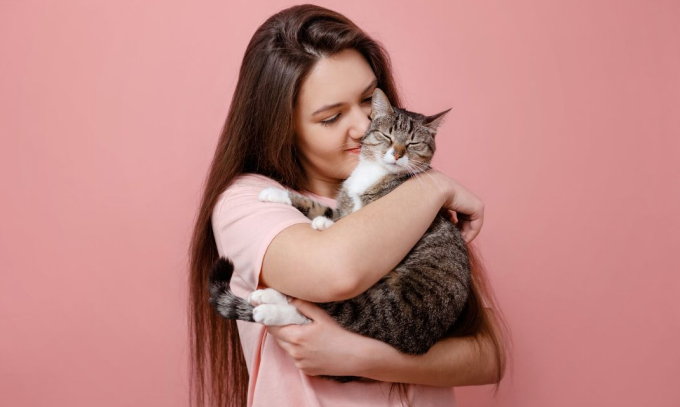
Your cat’s not acting weird. Those excessive meows, shredded blinds, or accidents outside the litter box? They could be signs of something deeper—separation anxiety. It’s more common than you’d think, especially in indoor cats. A study found that over 60% of cats show anxiety-related behaviors when left alone for too long.
Here’s what you’ll learn:
● How to recognize separation anxiety (hint: it’s not always obvious)
● What causes it, and how to prevent it early
● Simple ways to reduce stress—from environmental tweaks to smart feeding tools
WOpet makes it easier to care for your cat even when you’re not home. But how? Let’s find out.
Not every clingy cat is anxious. But if your cat shows certain behaviors only when you’re away—or even before you leave—it might be dealing with something more serious than boredom.
Separation anxiety in cats is behavioral, not disciplinary. Scratched-up doors, tipped water bowls, or loud howls aren’t acts of rebellion. They're stress responses. And the signs often slip under the radar until they escalate. You don’t need to guess. You need to observe.
Let’s walk through what you should look for.
● Changes in Elimination Habits: This one's frustrating. Common, too. A cat that’s stressed might ditch the litter box entirely when you’re not around. And sometimes? They'll pee on your stuff—bedsheets, clothes, whatever smells like you. Not out of spite. They're trying to feel close. Scent helps them cope. Now, if that only happens when you’re away—or right after you get back—don’t brush it off. Diarrhea. Constipation. That stuff? It’s usually stressful talking.
● Vocalization That Feels Out of Place: Sure, some cats are just... talkers. But if yours gets louder, more desperate—meowing, yowling, full-on howling—right when you're about to leave? That’s not small talk. It’s panic. Straight-up stress. You’ll spot it if you’re paying attention. Does it ramp up when you pick up your keys? Coat? Maybe your neighbor says they hear it through the walls. That kind of timing matters. Big clue.
● Destructive Behavior in Key Areas: An anxious cat doesn’t quietly sit and wait. They chew. Scratch. Knock stuff over. Especially near exits—doors, windows, wherever they last saw you leave. Not random chaos. It’s pressure relief. A nervous outlet. That might look like:
○ Blinds with bite marks
○ Doors clawed to splinters
○ Objects pushed off shelves again and again, even ones they used to ignore
The spot matters. Mess near doorways says more than a flipped toy box in the hallway. That’s your signal.
● Physical Signs You Might Overlook: Stress doesn’t just mess with behavior—it messes with the body too. Sometimes, what you’ll spot instead is this:
○ Appetite? Gone.
○ Grooming? Nonstop, especially on the belly or the backs of the legs.
○ Vomiting? Happens—with no obvious cause, and no pattern you can tie to food.
It’s easy to blame these on allergies. Or a bad batch of kibble. Maybe a weird day. But if they show up with other stuff? Then it’s not random. It’s layered.
That’s the problem with separation anxiety—it’s sneaky. You won’t always get a single loud signal. You’ll get fragments. Little shifts. A mix of behavior and physical signs that don’t mean much on their own—but together? They add up. Once you start seeing the pattern, that’s when you can do something about it.
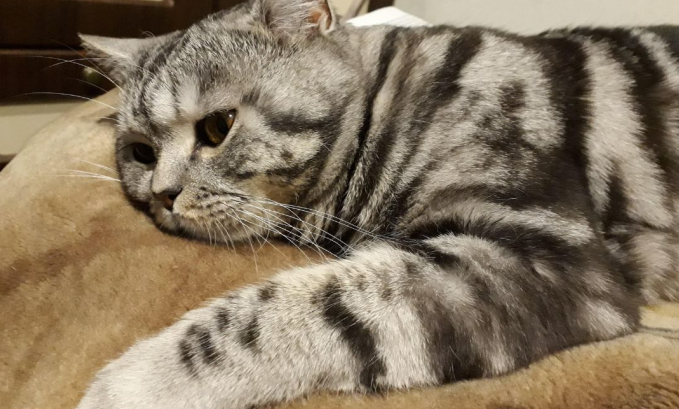
Separation anxiety doesn’t show up out of nowhere. It creeps in—slowly. Builds off repeated stuff. Habits. Tiny changes in your routine that seem harmless at first. Then boom—your cat starts unraveling when you’re gone.
Catch it early, and it’s easier to steer things back. Wait too long? You're managing the fallout. What’s next lays out four common triggers. Plus, how to get ahead of them before they turn into full-blown stress loops.
Irregular Daily Routines
Cats rely on rhythm. When feeding, activity, and interaction vary too much day-to-day, their stress levels start to rise.
What disrupts routine:
● Skipped or delayed feeding times
● Unpredictable departures or arrivals
● Long weekend absences without prep
How to reduce the impact:
● Feed at the same time. Seriously—even on weekends.
● Come and go the same way every time. Same door. Same flow. Don’t mix it up unless you have to.
● Skip the dramatic exits or those over-the-top greetings. It amps them up when what they need is the opposite.
● A light switch, a certain sound—use something subtle to signal this is normal. Routine without words.
Reinforced Over-Attachment
Some cats are conditioned to rely heavily on their humans—especially in single-cat homes. This can result in emotional dependency that makes even short separations stressful.
What reinforces dependency:
● Constant physical closeness
● Immediate responses to vocal cues
● Lack of solo activities or space
How to encourage independence:
● Set up quiet zones with access to food, water, and toys
● Spend time in separate rooms during the day
● Delay your response to vocal demands
● Only reward calm, non-seeking behavior
Low-Stimulation Environments
A cat’s world shrinks fast when their space never changes. Without visual, tactile, or scent-based engagement, boredom sets in—and anxiety fills the gap.
What creates boredom-driven stress:
● Unchanging toy placement or layout
● Lack of movement or vertical territory
● Minimal sensory stimulation
How to increase engagement:
● Rotate toys weekly (don’t leave all options out at once)
● Introduce puzzle feeders or scent mats
● Add window perches or shelving for visual variety
● Create sensory zones with soft textures or scratch surfaces
|
Enrichment Type |
Tool Example |
Placement Tip |
|
Visual stimulation |
Window perch |
Near an active outdoor view |
|
Food engagement |
Puzzle feeder |
Use during daily meal times |
|
Scent variety |
Cat-safe herb mat or pad |
Change location every few days |
History of Sudden Separation or Trauma
Cats that have been rehomed or separated abruptly from a bonded figure often carry lingering distress—even in stable environments.
What signals trauma history:
● Clinginess after a brief absence
● Hypervigilance near exits
● Overreaction to routine changes
How to manage reactivity:
● Use short separations to build tolerance
● Keep household sounds running (TV, ambient audio)
● Avoid overstimulation when returning
● Build gradual exposure into daily schedules
Recap: What Early Prevention Looks Like
You don’t need to overhaul your life to support a cat prone to anxiety. Focus on these four areas:
● Consistency in timing and environmental cues
● Controlled distance during the day, even while at home
● Sensory variation through space and enrichment tools
● Gradual separation for cats with previous trauma
Each small adjustment supports emotional stability before stress builds into something harder to manage.
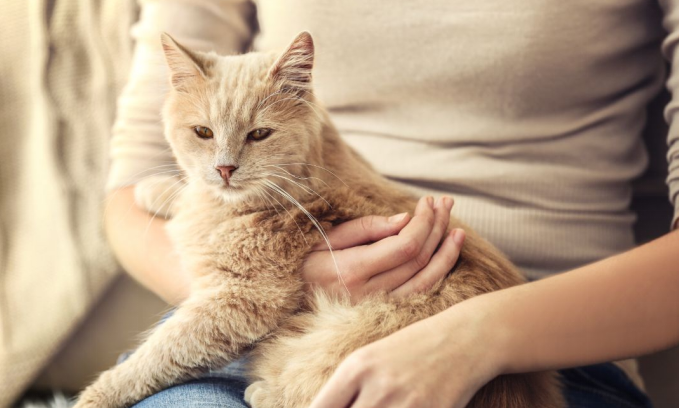
Getting your cat calm doesn’t mean reinventing your entire day. Nope. Same ideas from before still work—routine stuff, keeping some distance, making their space better, all that. But now, give it some real structure. Something your cat can count on when you’re gone. Simple stuff that sticks.
Cats freak out if things get too dull or too intense. Funny how that works. You need a middle ground. A little interaction here, some quiet there. Nothing complicated, just enough to keep anxiety from creeping in.
Smart environmental adjustments include:
● Creating safe spots in calm areas of the home using elevated perches or soft bedding
● Positioning visual anchors like bird feeders or yard views where your cat can observe without being startled
● Using scent familiarity—placing worn clothing or fabric with your scent in resting zones
● Controlling ambient sounds—low-level background noise from a speaker or appliance reduces sudden silence triggers
These aren’t meant to distract. They’re meant to regulate your cat’s emotional baseline during alone time.
Build Predictable Feeding and Play Cycles
Feeding isn’t just about nutrition—it’s also a timing anchor. When food arrives at expected intervals, your cat connects mealtimes with stability. And when that experience includes mild stimulation or reward, it becomes a tool for behavioral reinforcement.
Refine your feeding approach by:
● Spacing meals consistently across the day using an automated schedule
● Pairing meals with low-exertion play before or after, depending on energy level
● Avoiding unpredictable feeding routines, especially rushed hand-feeding before leaving the house
If you're using an automatic feeder, consistency matters more than quantity. Over time, a fixed feeding rhythm teaches your cat that your presence isn't the only cue for satisfaction.
Use Smart Tools to Maintain Comfort Remotely
Technology can support emotional regulation if used the right way. One tool that meets both physical and emotional needs is the WOpet Heritage View Automatic Pet Feeder.
It delivers scheduled meals with precision—and includes a built-in HD camera. That means your cat receives food on time and can see or hear you if needed. Whether you’re working late or away for the weekend, the feeder creates two consistent signals:
● Reliable nourishment
● Visual and audio reassurance through optional voice and video
This is especially useful for cats that rely on human presence for comfort. The feeder doesn’t replace you—it acts as a stabilizing force when you’re not there.
Reinforce Calm States With Light Interaction
Not every anxious cat needs full-on engagement. Sometimes, short, structured moments of interaction—even when remote—can reduce stress.
What this looks like:
● Tapping into a smart camera to deliver a short verbal reassurance
● Dispensing a treat only when your cat is in a calm state
● Avoiding frantic play remotely—keeping things low-stimulation supports regulation
This isn’t about constant surveillance. It’s about intentional moments that remind your cat that the environment is still under control.
These methods don’t require dramatic shifts. They build on existing habits using structure, smart routines, and low-effort tools that support calm behavior throughout the day.
Separation anxiety in cats isn’t random—it builds from repeated triggers. But with the right structure, timing, and small behavior changes, you can reduce that stress before it becomes a daily problem.
Here’s what to remember:
● Cats rely on predictable routines to stay emotionally stable
● Behavioral shifts often start small—watch for subtle cues
● Independence needs to be taught, not assumed
● Environmental variety helps prevent boredom-driven stress
● Smart feeding tools can reinforce calm behavior even when you’re not around
Even the most consistent routine can’t replace your presence entirely—but it doesn’t have to. The WOpet Pioneer Plus Smart Feeder fills the gap with scheduled meals and visual reassurance through its built-in HD camera. For cats that feel anxious when left alone, it’s a smart way to deliver both nourishment and comfort—without breaking routine.
Label:
Popular Post

What to Feed a Sick Dog With No Appetite? [2025 Guide]
May 16, 2023
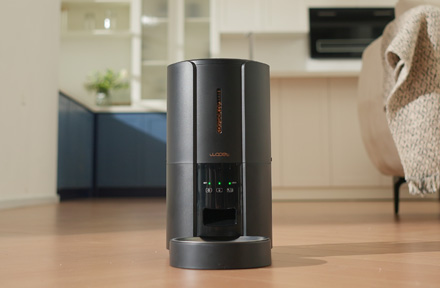
Troubleshooting Common Issues with Automatic Pet Feeders: Tips & Tricks for Pet Owners
Oct 26, 2023
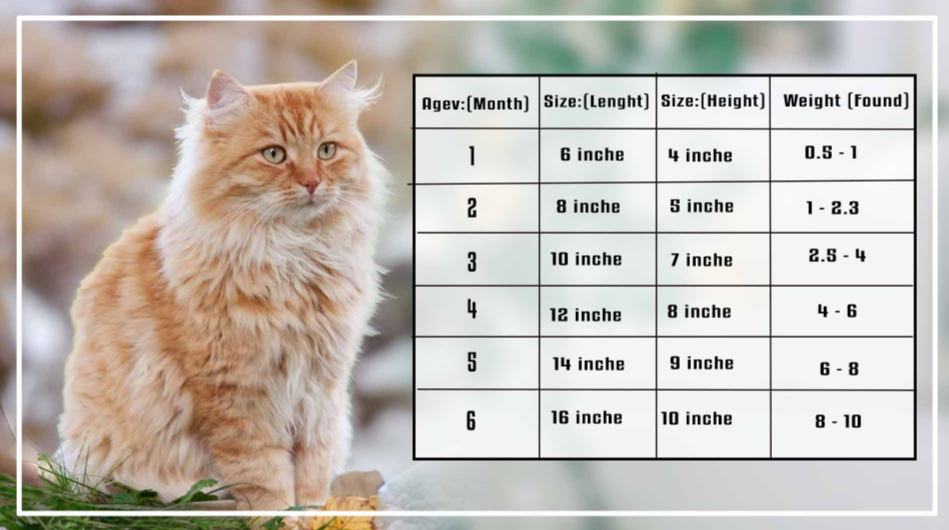
What is a standard Cat Weight chart by age Kg?
Mar 19, 2025
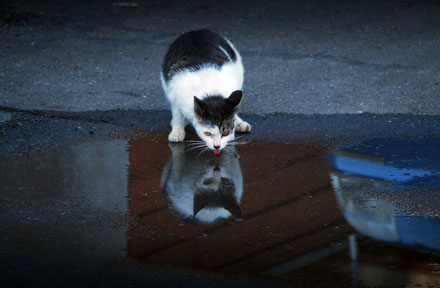
Why Does My Cat Cough After Drinking Water? 8 Potential Reasons
Mar 13, 2023
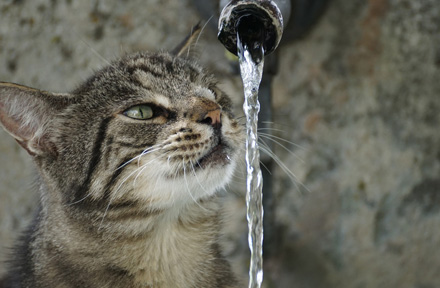
Why is My Cat Throwing up Water? Top 5 Causes Here
Feb 08, 2023
$109.99
$129.99
Copyright © 2025 WOPET. All Rights Reserved.